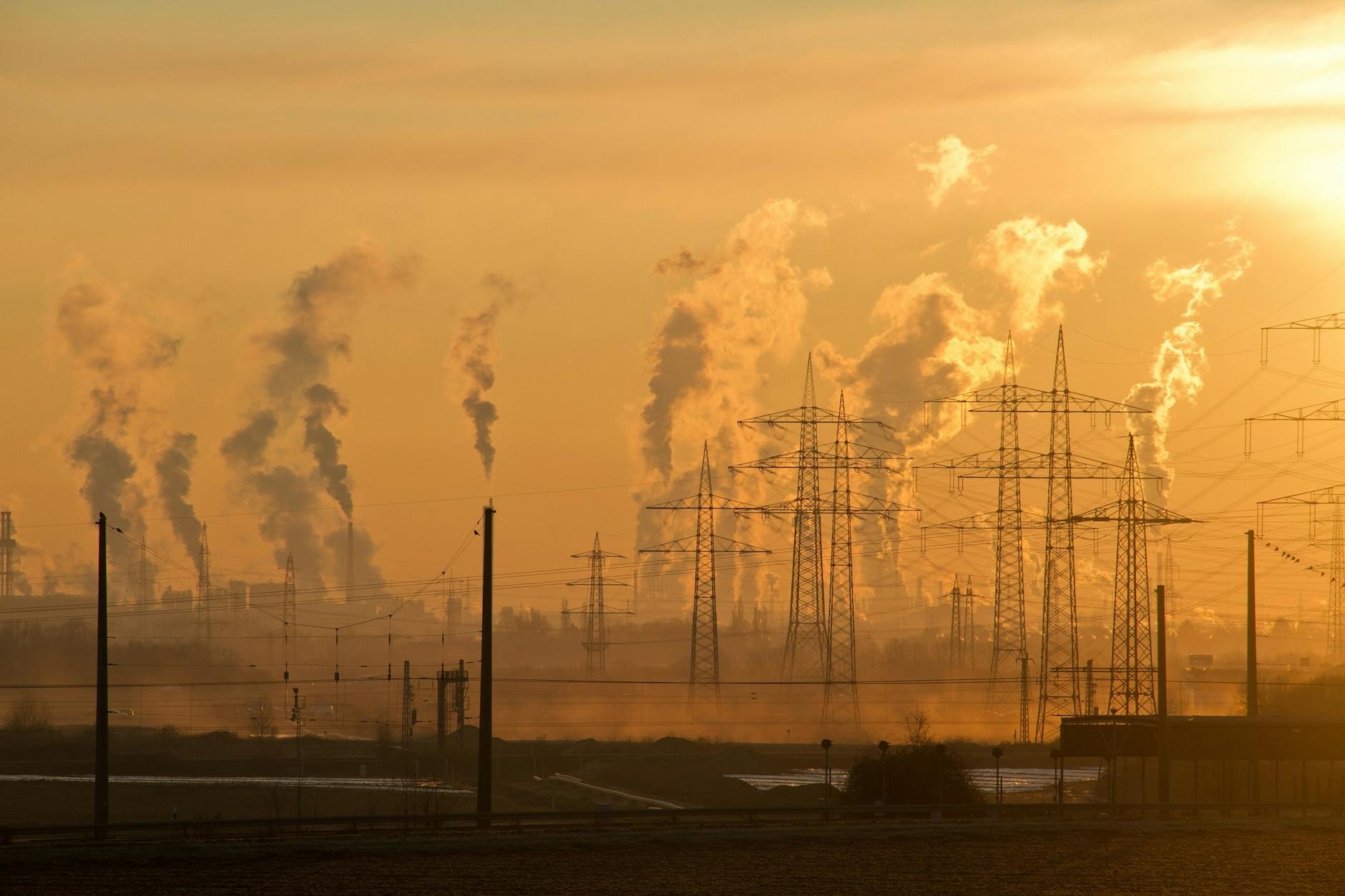The problems of climate change have intensively emerged in modern society, indicating a great need for innovative approaches. Climate change, with human beings as the cause, accounts for the destruction of life on Earth. In this article, we have explored the antecedents of likelihood and impact along with the various facets of prevention and mitigation strategies involving technological solutions, policy interventions, and communities combating this global challenge.
Understanding the Climate Crisis
Global warming focuses mainly on climate change, whereby temperatures worldwide are altered due to human actions, more specifically, deforestation, industrial emission standards, and the utilization of fossil fuels. These activities only add greenhouse gases, such as carbon dioxide, methane, nitrous oxide, and others, to the atmosphere, hence global warming and climate change. The repercussions can be felt in increased sea levels, extreme weather conditions, flooding, etc.
Role of renewable energy
Among the solution pathways concerning the climate crisis, the shift to renewable energy sources is one of the key ways. Energy sources such as solar, wind, and hydroelectric power can be viable substitutes for fossil power. More to the point, they emit a negligible quantity of greenhouse gases, which is new compared to more standard energy sources. Such a shift reduces climate challenges and fosters energy security and economic balance. For instance, in the case of solar systems, electricity is generated by harnessing energy from the sun, choking the atmosphere with carbon. The wind turbine is similar to wind energy, which captures the wind force to offer an efficient power supply.
Innovations in Renewable Energy
If we compare today’s technological development, we find that developmental energy has become more efficient and affordable. Current technologies include perovskite solar cells, floating wind farms, and innovations beyond our imagination. Organic perovskite solar cells, for example, have reached a higher efficiency and lower production cost than silicon-based cells. Fixed wind farms are kept onshore, and sometimes, the wind is not consistent enough; thus, floating wind farms have higher energy yields and are placed offshore.
Importance of Energy Storage
One of the critical issues hindering the deployment of renewable energy is the issue of storage. Solar and wind energy sources need to be more consistent, so there is a need to find the best ways of storing energy to manage the energy needs of a country or even a city. Batteries, especially lithium-ion batteries, have played a central role in such power systems. They allow the users to store the energy produced during high production to be later sold during low production. Also, batteries are enhancing their storage capacity and efficiency with constant technological development.
Policy Measures
In this regard, the country can take various policy measures, like importing energy-efficient products and including international energy efficiency standards in policy packages. International Cooperation: In the case of international cooperation, the following strategies can be implemented such as;
1. Participation in global agreements
2. Collaboration with international organizations
The issue of climatic change is a significant challenge facing the world today and can only be solved through solid policies and cooperation on the part of nations. Reasons to push for the use of renewable power, carbon pricing, and declining carbon emissions include the following: There is no doubt that an internationally legally binding instrument such as the Paris Agreement is essential in creating a synergy toward the global fight against climate change. Unfortunately, this work points out that where countries set emission reduction targets, it means they are legally bound to shift to a low-emission economy.
Carbon Pricing
Pricing carbon can be an effective strategy in the pursuit of emissions mitigation. One is to price carbon emissions, which makes common economic sense to ‘uncook’ one’s carbon footprint. This could be done through a process of applying taxes on carbon or through the use of cap-and-trade mechanisms. Both frameworks promote innovation, the development of new technologies, and the introduction of cleaner technologies.
Emission Reduction Targets
First, the goal (to reduce emissions) has to be necessary. Setting ambitious targets is a self-evident condition. These targets inform the global and individual country processes in reducing greenhouse gas emissions. For example, the European Union set the target for a minimum 55% reduction in greenhouse gas emissions by 2030 relative to 1990. Such targets require balanced policies covering energy, transportation, industries, and agricultural sectors.
Technological Innovation Beyond Energy
However, there is a need to innovate in other sectors as well; the focus should not only be on renewable energy. EVs are playing an important role in the revolution of the automobile industry. Such vehicles emit no emissions and, therefore, contribute minimally to the production of pollutants. However, constant technological enhancement of batteries and the improvement of stations where these vehicles are charged make electric cars more available.
Sustainable Agriculture
Agriculture is another critical area of focus. Specific examples include ‘precision farming,’ which entails the application of relevant technology to fine-tune management practices at the field level with the potential to minimize emissions. Also, there is regenerative agriculture, which is nearly similar to natural farming. It aims to manage vital soil components, increase overall carbon storage, and support biological diversities.
Education and Awareness
This is why educating people about climate change and environmental protection is of the utmost importance. Since people at all levels begin education, educational programs of any level may help people develop the proper knowledge and skills to make appropriate environmentally friendly decisions. In addition, conversion and education via public awareness enhance conduct change, encouraging the implementation of sustainable practices in day-to-day life.
Challenges and Roadblocks
However, that notwithstanding, some issues still have not been resolved. The climate change mitigation objectives can be hampered by various factors relating to economic imbalances, political hostility, and technological restraints. For instance, developing countries’ governments need help fund research, manufacturing, and integration of requisite sustainable technologies due to evaluation constraints. Politics can play a significant role in stalling the policy process while the necessary measures are taken to ensure that new policies are introduced. Finally, as much as we see solutions emerging, some are not mass-produced or affordable, especially given the rapid development of technologies.
Conclusion
In summary, there needs to be a deliberate and combined approach to deal with the climate crisis. This article argues that through the positive use of technology, the right policies and procedures, and the ignition of communities’ conscience, humanity can build a future that will be strong and capable of sustaining itself. The road that lies ahead of us is wrought with many trials, but it is for this reason that the call for hard work and unity becomes all the more pressing, for then will we certainly be able to affirm this world in the ways that will be most positive and most enduring.
For more, visit Mecella.



No responses yet